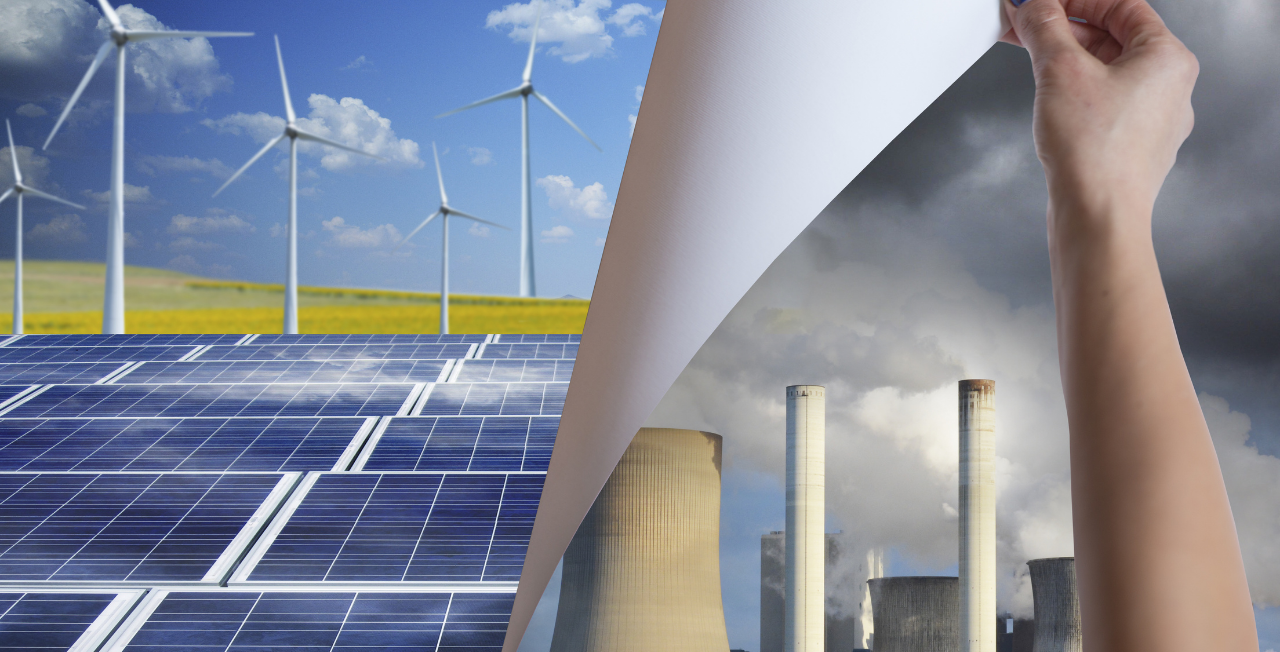( 3 minutes read)
The energy availability factor has risen from an average of 53% in the first quarter of 2023 to nearly 60% at the beginning of the fourth quarter.
Eskom recently returned two units to service at Kusile, adding 1 600MW of electricity capacity to the grid, with a further 1 600 MW added to the grid by the end of this year. Two more units will be operational shortly to help ESKOM to achieve the target set. The energy availability factor has risen from an average of 53% in the first quarter of 2023 to nearly 60% at the beginning of the fourth quarter.
The Build-up Medium Term Policy Statement (MTBPS) said more than 11 000MW of additional capacity from renewable sources is expected over the next three years, while the pipeline of private energy investments, which is critical to progress, continues to grow.
MTBPS said private-sector energy investments capable of generating over 5,600MW have been registered with the National Energy Regulator of South Africa (Nersa) over the past two years. The MTBPS highlighted that several other energy reforms have progressed since the 2023 budget.
Three projects under the Risk Mitigation Independent Power Producer Procurement Programme, with capacity totaling 150MW, will be ready for connection to the grid in November 2023. Nine projects with a total capacity of over 1 000MW will be connected to the grid by 2025 under the Renewable Energy Independent Power Producer Procurement Programme, with a further 1 000MW expected in the next phase.
Read Also:
https://trendsnafrica.com/is-south-african-gold-and-iron-mining-on-a-sunset-mode/
Data published by Eskom in July 2023 indicated that households and businesses have installed 4 412MW of rooftop solar capacity – twice the capacity installed under the Renewable Energy Independent Power Producer Procurement Programme. The vital importance of South Africa improving its electricity generation capacity was also highlighted in the MTBPS, which indicated that low economic growth is the central problem constraining the government’s ability to raise the revenue needed to sustainably fund the provision of essential services in line with policy priorities.





